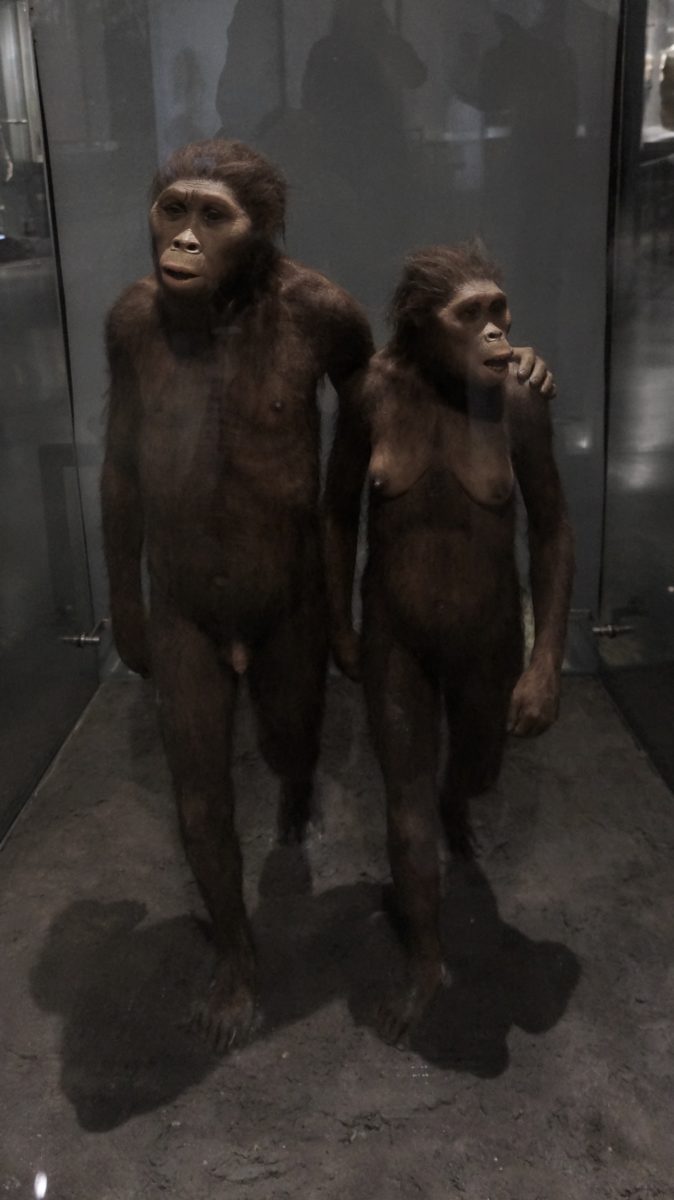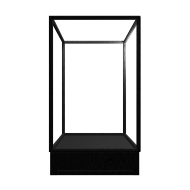March, 9, 2020. First visit to the American Museum of Natural History.
We’re about 6 weeks into the Covid-19 corona virus frenzy, which became global right before I traveled to the U.S. as part of my residency at Residency Unlimited in Brooklyn, New York.
Prior to my trip, I had a normal case of a cold that wasn’t healed completely while I boarded the plane. In New York, I still have a bit of a cough, which could be a leftover from the cold, be part of my occasional smoking habits, or is induced by the dust in the apartment I’m currently staying in. In any case, I feel fine.
The first week was mainly about getting over the jet lag, and settling in. I did manage to walk about 10 kilometers a day, according to the ‘health app’ on my iPhone – which usually underestimates my steps, by the way, since it’s in the pocket of my coat instead of in the back pocket of my pants. I heard somewhere the app is calibrated on that.
I went to MOMA, to the Armory Show, to Art on Paper, to the Brooklyn Museum, to the MET, to an opening, and finally to the ultimate goal of my NY residency, the American Museum of Natural History (AMNH, from now on).
The last months, I already researched the museum quite extensively but nothing prepared me for the dioramic reality of the place. It has an incredible amount of diorama’s in all kinds and sizes, and they’re all wonderful. Not every gallery space is equally pleasant: the Hall of Ocean Life feels like a hotel lobby, for instance. The Hall of North American Forests did feel a bit like walking through a forest, with wooden panelled walls, and a selection of diorama’s in various sizes and interesting proportions (vertical, for instance). It also houses a Daguerre/Bouton-like diorama: this small scale scene shows a forest before and after a fire using light effects, glass and mirrors.
I gravitated towards the Hall of Human Origins.
Featuring four life-sized tableaux of Homo ergaster, Homo erectus, Neanderthals, and Cro-Magnons, the Spitzer Hall of Human Origins shows each species in its habitat, demonstrating the behaviors and capabilities that scientists think it had. Also displayed are a variety of important fossil casts, including the 1.7-million-year-old “Turkana Boy.” The hall also features examples of what are thought to be some of humans’ earliest forms of artistic expression, including an original limestone engraving of a horse carved about 25,000 years ago in southwestern France.
(Text from the website of AMNH)
Upon entering, a full scale model of Australopithecus Lucy and a companion are on display in a glass case. The models used to be part of a large diorama, showing them walking in light-colored ashes with an erupting volcano in the background. The tableau was based on the find of 3.66 million year old footsteps in East Africa. Both models seem lost without their context. Apparently, the original diorama they were part of was dismantled in 2007, when the hall got a complete make-over. I was surprised to see the size of Lucy – her species was much smaller than I imagined: a lot smaller and more fragile than chimpanzees, even.


